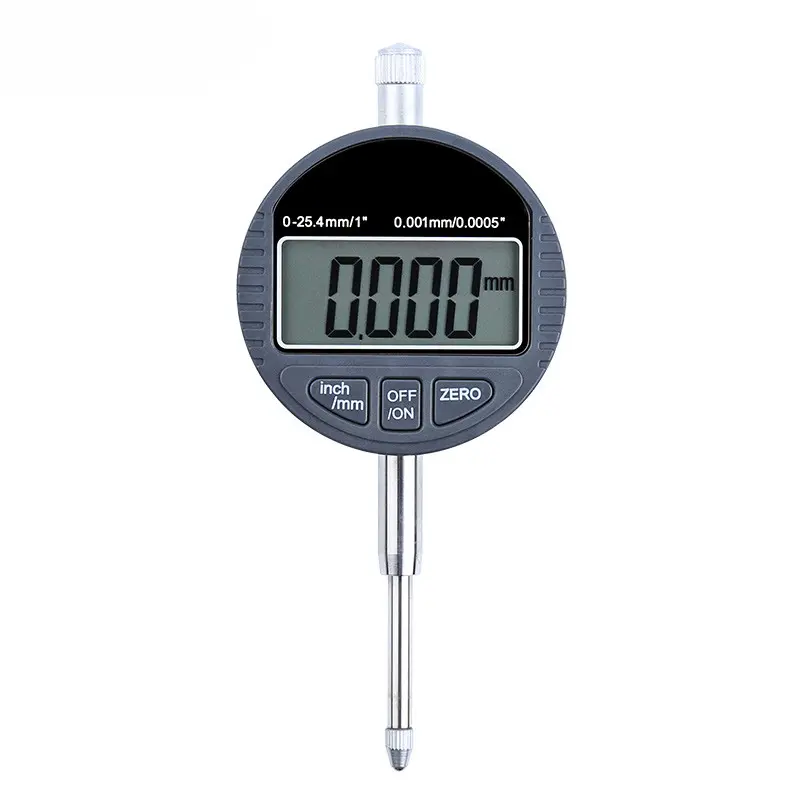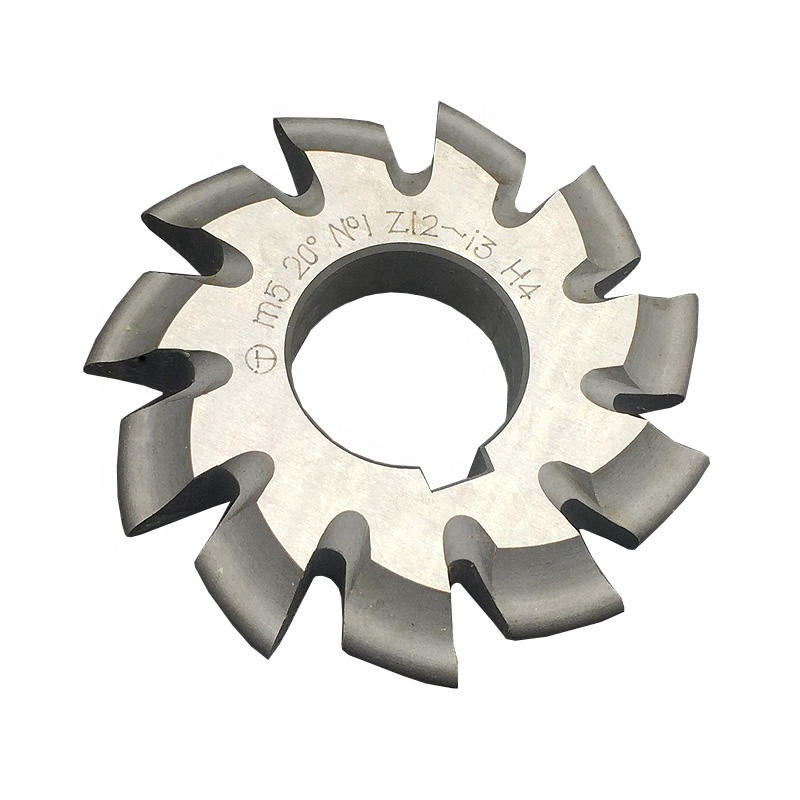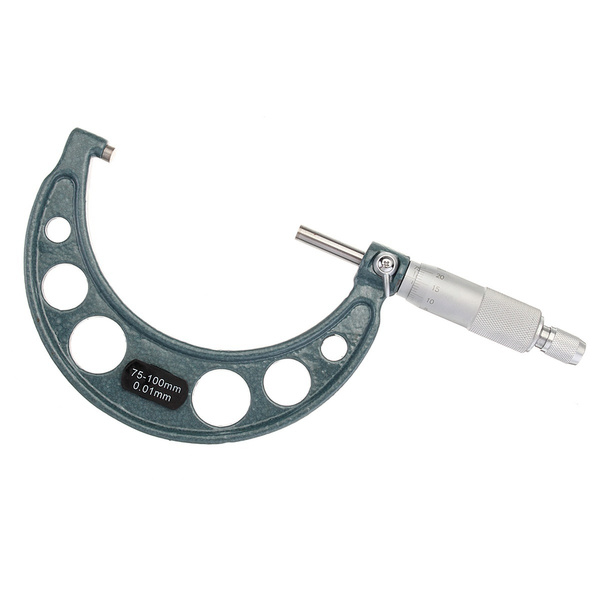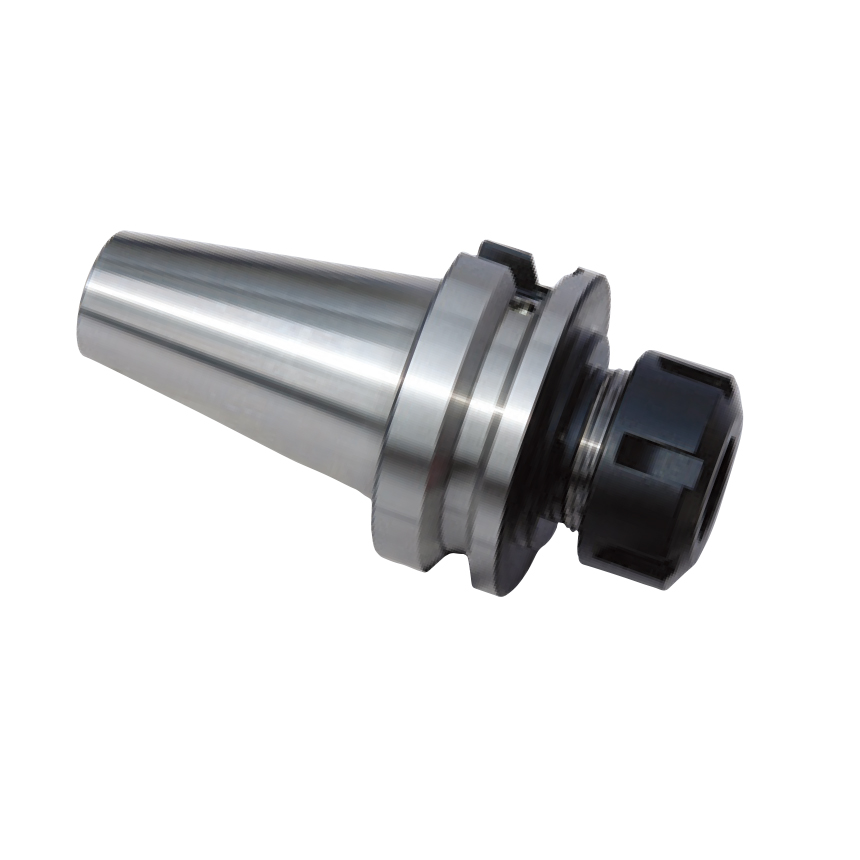shell reamer Factories
Shell reamers are essential cutting tools used for enlarging or finishing pre-existing holes with high precision. This article provides a detailed overview of shell reamer factories, covering their manufacturing processes, key features, applications, and how to choose the right supplier for your needs.
Understanding Shell Reamers
What is a Shell Reamer?
A shell reamer is a type of reamer that consists of a thin shell-like cutting head attached to an arbor. Unlike solid reamers, the cutting head of a shell reamer is replaceable, offering a cost-effective solution for high-volume reaming operations. This design allows for easy replacement of worn or damaged cutting edges without the need to replace the entire tool.
Types of Shell Reamers
Shell reamers are available in various types to suit different applications:
- Hand Shell Reamers: Designed for manual operation, offering precise control for smaller jobs.
- Machine Shell Reamers: Intended for use with machine tools like lathes and milling machines, ensuring consistent and efficient reaming.
- Expansion Shell Reamers: Allow for slight adjustments in hole size to achieve a perfect fit.
- Taper Shell Reamers: Used for creating tapered holes, commonly used in machining tapered pins and fittings.
The Shell Reamer Manufacturing Process
Material Selection
The quality of a shell reamer depends heavily on the materials used in its construction. Common materials include:
- High-Speed Steel (HSS): Offers a good balance of hardness, toughness, and cost-effectiveness. Suitable for general-purpose reaming applications.
- Cobalt Steel (HSS-Co): Contains a higher percentage of cobalt, providing increased heat resistance and wear resistance. Ideal for machining harder materials.
- Carbide: Provides exceptional hardness and wear resistance. Best suited for high-speed, high-volume production and machining abrasive materials.
Manufacturing Steps
- Blank Preparation: The raw material (HSS, Cobalt Steel, or Carbide) is cut into the desired shape and size.
- Machining: The blank is machined to create the precise cutting edges and flutes. CNC machining is commonly used for high precision.
- Heat Treatment: Heat treatment is applied to harden the material and improve its wear resistance. This process involves heating the material to a specific temperature and then cooling it rapidly.
- Grinding: The cutting edges are ground to achieve the required sharpness and accuracy. Precision grinding techniques are employed to ensure consistent performance.
- Surface Finishing: A surface finish is applied to improve the tool's performance and lifespan. Common surface treatments include coating and polishing.
- Quality Control: Each shell reamer undergoes rigorous quality control checks to ensure it meets the required specifications.
Key Features to Look for in Shell Reamers
When selecting shell reamers, consider the following features:
- Material: Choose the appropriate material based on the material being machined and the desired tool life.
- Size and Tolerance: Ensure the reamer size and tolerance meet the specific requirements of the application.
- Number of Flutes: The number of flutes affects the surface finish and chip evacuation. More flutes generally provide a smoother finish.
- Cutting Angle: The cutting angle influences the aggressiveness of the cut. A steeper angle is suitable for softer materials, while a shallower angle is better for harder materials.
- Surface Finish: A smooth surface finish reduces friction and improves chip flow.
Applications of Shell Reamers
Shell reamers are widely used in various industries, including:
- Automotive: Machining engine components, transmissions, and other parts that require precise hole dimensions.
- Aerospace: Manufacturing aircraft components with tight tolerances.
- Manufacturing: General-purpose reaming operations in various manufacturing processes.
- Tool and Die Making: Creating precision holes in dies and molds.
Choosing the Right Shell Reamer Factory
Selecting a reliable shell reamer factory is crucial for ensuring the quality and performance of your tools. Consider the following factors:
- Experience and Expertise: Choose a factory with a proven track record and extensive experience in manufacturing shell reamers.
- Quality Control: Ensure the factory has a robust quality control system in place to guarantee the consistency and accuracy of their products.
- Manufacturing Capabilities: Verify that the factory has the necessary equipment and technology to meet your specific requirements.
- Material Sourcing: Inquire about the factory's material sourcing practices to ensure they use high-quality materials.
- Customization Options: Determine if the factory offers customization options to meet your specific needs.
- Price and Lead Time: Compare prices and lead times from different factories to find the best value.
- Customer Support: Choose a factory that provides excellent customer support and is responsive to your inquiries.
Working with Wayleading Tools for Your Shell Reamer Needs
At Wayleading Tools, we understand the importance of high-quality shell reamers for precision machining. We work closely with reputable shell reamer factories to source reliable and durable tools that meet the demands of various industries. Whether you need standard sizes or custom solutions, Wayleading Tools can help you find the perfect shell reamer for your application.
Shell Reamer Materials Comparison
| Material | Hardness | Wear Resistance | Cost | Typical Applications |
|---|---|---|---|---|
| High-Speed Steel (HSS) | Moderate | Moderate | Low | General-purpose reaming |
| Cobalt Steel (HSS-Co) | High | High | Moderate | Machining harder materials |
| Carbide | Very High | Very High | High | High-speed, high-volume production |
Note: The data presented in this table is for general comparison purposes and may vary depending on specific grades and manufacturing processes.
Related products
Related products
Best selling products
Best selling products-
 Partial profile 55° Threading Insert With ER & IR Type
Partial profile 55° Threading Insert With ER & IR Type -
 Type G Arc Pointed Tree Tungsten Carbide Rotary Burr
Type G Arc Pointed Tree Tungsten Carbide Rotary Burr -
 DIN333A HSS Center Drills With Milled & Fully Ground Flute
DIN333A HSS Center Drills With Milled & Fully Ground Flute -
 Metric HSS 13mm Reduce Shank Drill Bit For Metal Cutting Of High Precision
Metric HSS 13mm Reduce Shank Drill Bit For Metal Cutting Of High Precision -
 25PCS DIN338 HSS Twist Drill Bit Set From 1-13mm
25PCS DIN338 HSS Twist Drill Bit Set From 1-13mm -
 Precision Vernier Caliper With Nib Style & Standard Style Jaws Of Metric & Imperial For Industrial
Precision Vernier Caliper With Nib Style & Standard Style Jaws Of Metric & Imperial For Industrial -
 M51 Bi-Metal Bandsaw Blades For Industrial Type
M51 Bi-Metal Bandsaw Blades For Industrial Type -
 ANSI B94 HSS Jobber Length Drill Bits Fully Ground
ANSI B94 HSS Jobber Length Drill Bits Fully Ground -
 Type K-90 Degree Cone Tungsten Carbide Rotary Burr
Type K-90 Degree Cone Tungsten Carbide Rotary Burr -
 Precision Digital Indicator Gage For Industrial
Precision Digital Indicator Gage For Industrial -
 Precision Dial Test Indicator Gage For Industrial
Precision Dial Test Indicator Gage For Industrial -
 Metric ER Collets With Hight Precision Milling
Metric ER Collets With Hight Precision Milling











